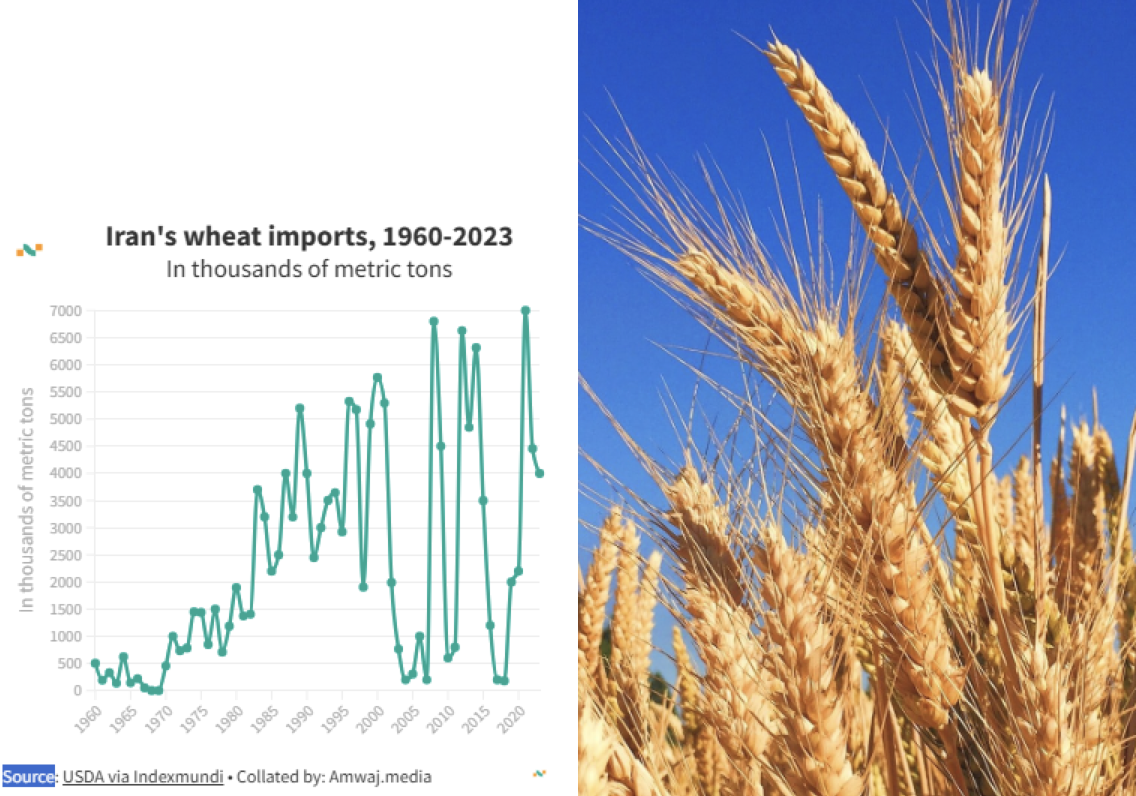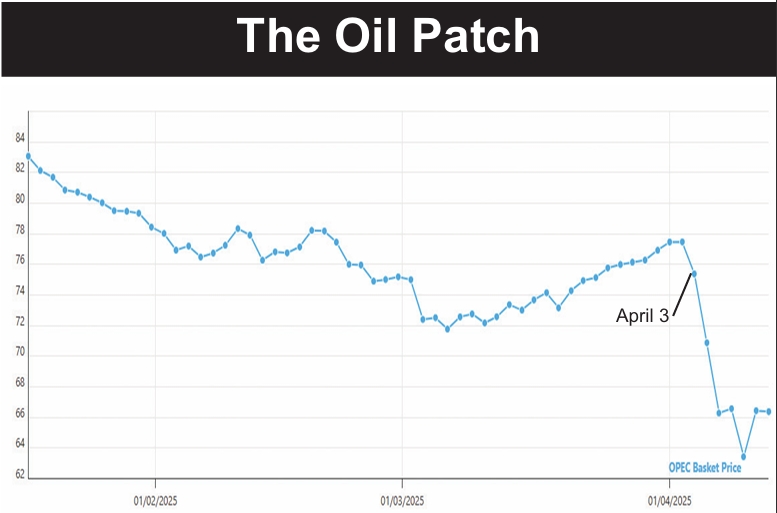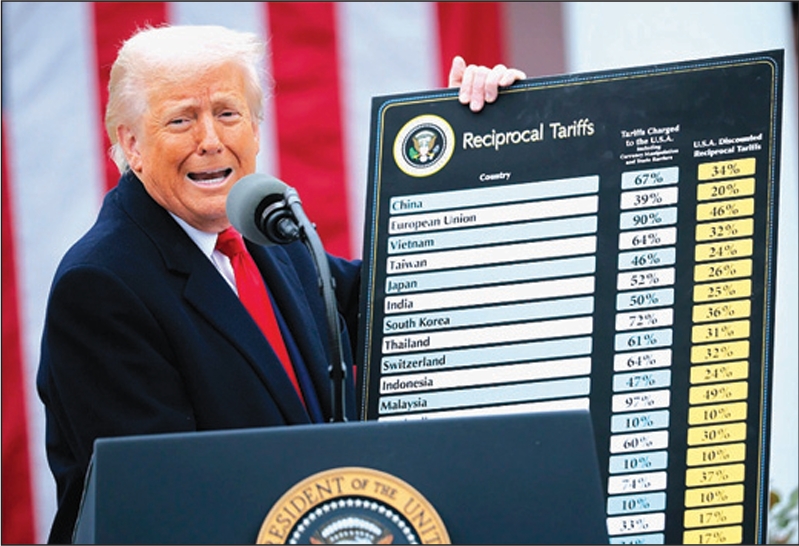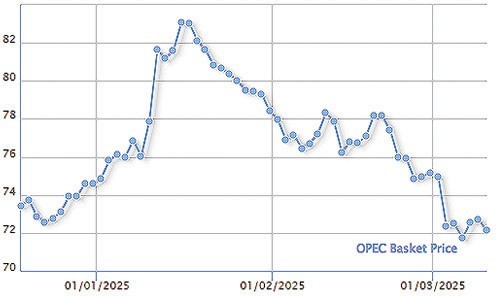When it comes to cars, each country tends to develop its own unique culture among enthusiasts for ways to modify cars. Americans love their muscle cars, for example. When it comes to Iran, there’s a bit of a movement centered around the Peugeot 405 with a style that’s not common elsewhere.
Autopian, a car culture website, recently visited Iran and reports on what’s different with Iranian auto enthusiasts.
The main difference is that Americans—and folks in many other countries—like to lower the rear ends of their cars to make them look like they are zooming along even when they are parked, Iran has gone the opposite way. Iranian car enthusiasts raise the rear ends of their cars.
And the car they have raised to iconic status may be a surprise. It’s the much-maligned Peugeot 405.
Having first entered production in France in 1987, an Iranian factory was established in 1992. Fast forward to 2023, and the Peugeot 405 was still effectively in production as the Peugeot PARS. Produced by Iran Khodro, it was effectively the same old car with updated engines and a front end of the later Peugeot 406. The model line finally came to an end in the middle of last year amidst increased competition from more modern Chinese vehicles.
Autopian got its info from Shayan, who preferred that his last name not be used. “To be honest, we in Iran really like the Peugeot 405,” he said. “Even though it has been 37 years since this car entered Iran, all young and middle-aged people are interested in this car.”
As with any Western car, certain trims and models are more prized than others. With the Peugeot 405, it’s the GLX that stands out from the crowd. “[It’s] a very beautiful version of the 405 that was produced in Iran with the XU9 and XU7 L3 engines,” Shayan explains. “This car from 2010 to 2013 has the same normal dashboard but in cream color, which is the most popular in the Iranian market.”
Typical modifications include upgraded intake manifolds, pod filters, and exhausts, which net mild but noticeable power gains. More serious modifiers go even further with turbos and nitrous oxide kits, with Shayan noting one example pushing up to 700 horsepower.
An Iranian Peugeot 405 or Pars can hit 118 mph (190 kph) at full tilt. That was the official specification before the last models went out of production, but a lot more is possible. “Mother Iran, we have reached a speed of 260 kph (161 mph) with this car!” Shayan said with pride.
But what intrigued Autopian was the Peugeot 405s with the rear end jacked way up high. Its customary across the West and Japan to lower a modified car, but things are a little different in the Islamic Republic. (Surprise!) “In Iran, on the contrary, instead of making a car sporty with low height, they make them sporty with high height, which is also a long story,” Shayan explained.
As he tells the story, the look has its roots in smuggling. “In fact, smugglers choose this car because of its high speed, and, to prevent the rear of the car from hitting the ground,… they raise the rear so that it is at a normal height when loaded,” Shayan explained. But, as much as it had a functional purpose, it also just became a visual trend among the enthusiast set.






















